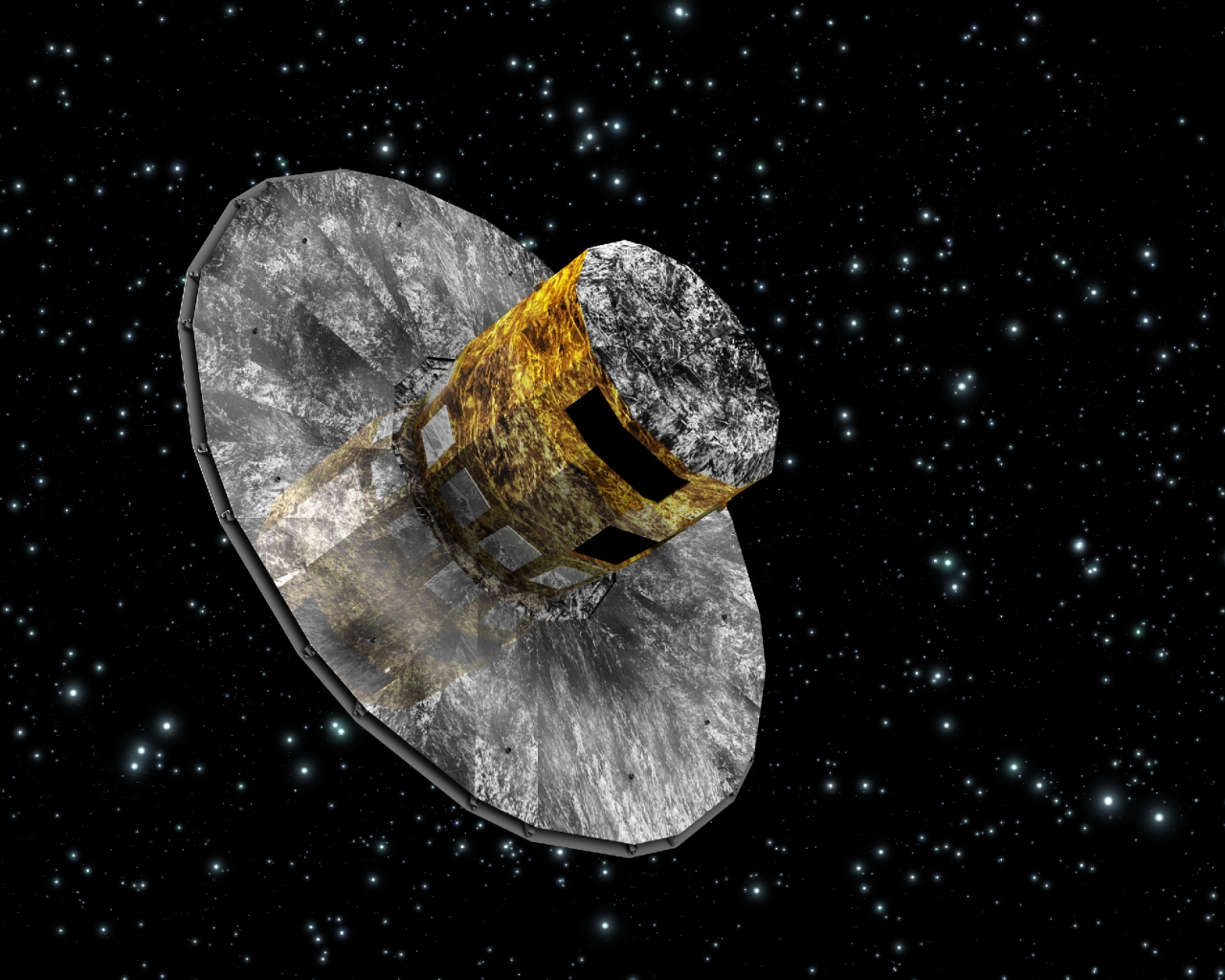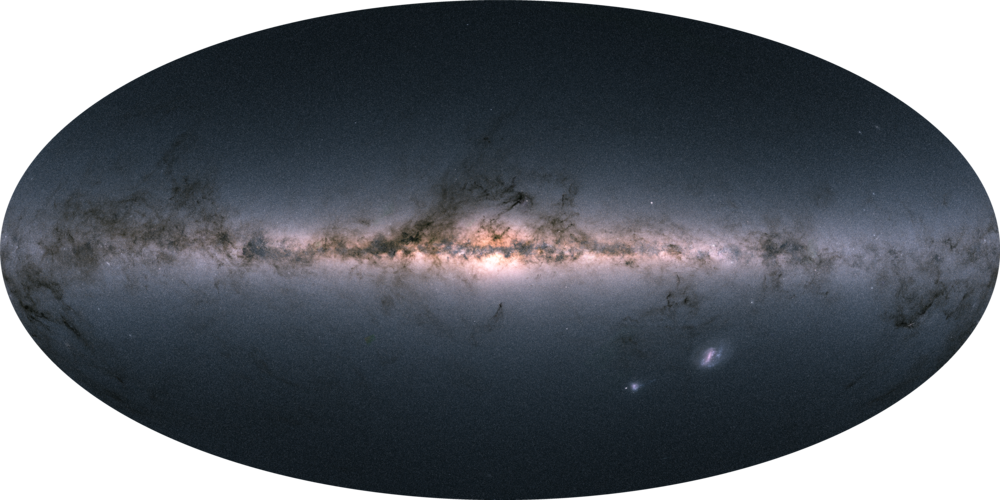We will start with an overview of the basic principles and current status of the Gaia (ESA)

astrometric mission, in its science operational phase since July 2014. After a quick review of the Gaia processing strategy we will describe the contents of the Gaia Data Release 2 (GDR2), published on April 25th 2018. On view of the very precise parallaxes, proper motions, photometry and radial velocities already available, we will comment on new, stimulating and provocative discoveries, from the detected spiral in the phase space plane or the solar neighbourhood to the new area Gaia is opening for studies based both on stellar evolution and stellar population synthesis modeling.
